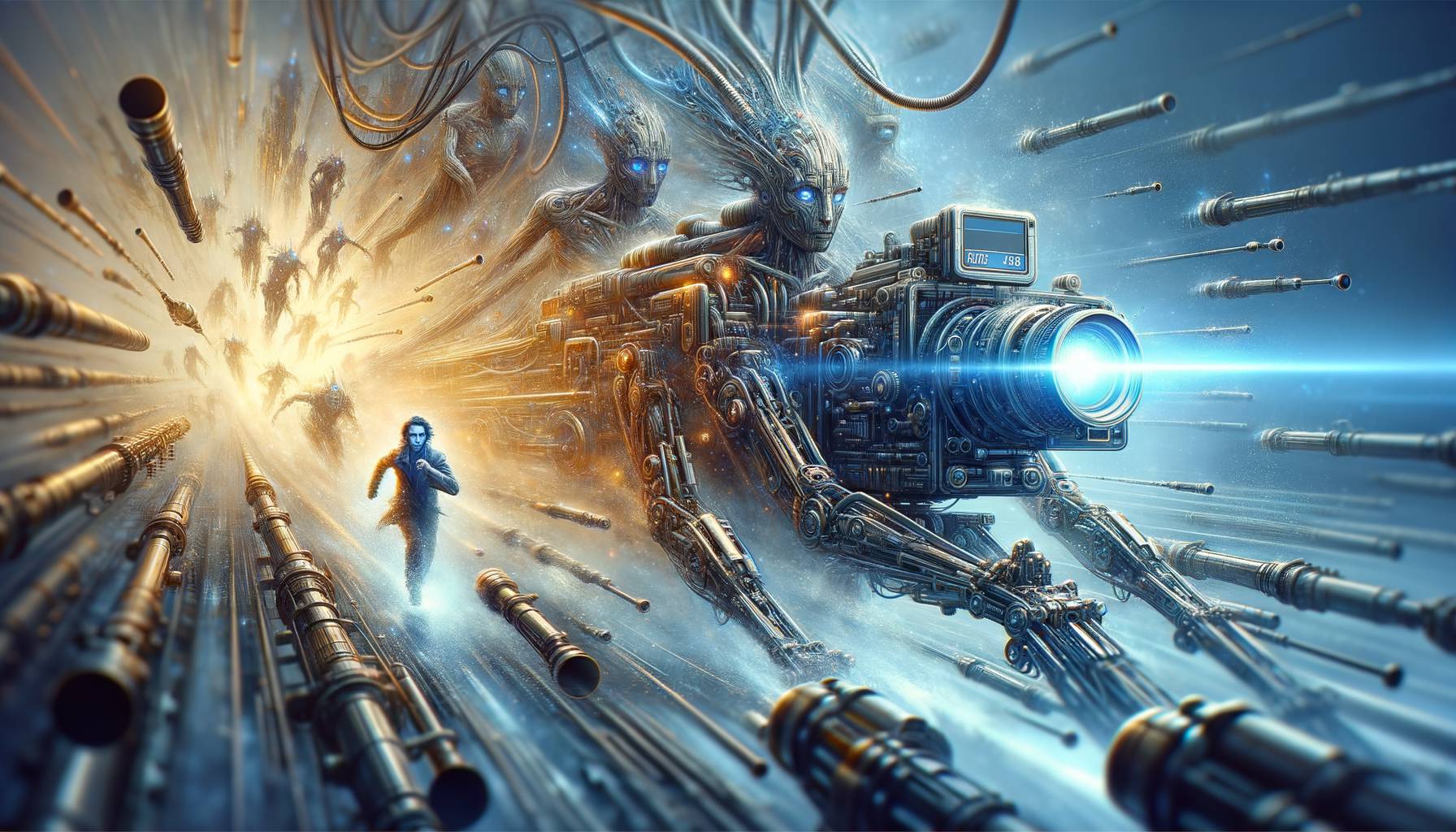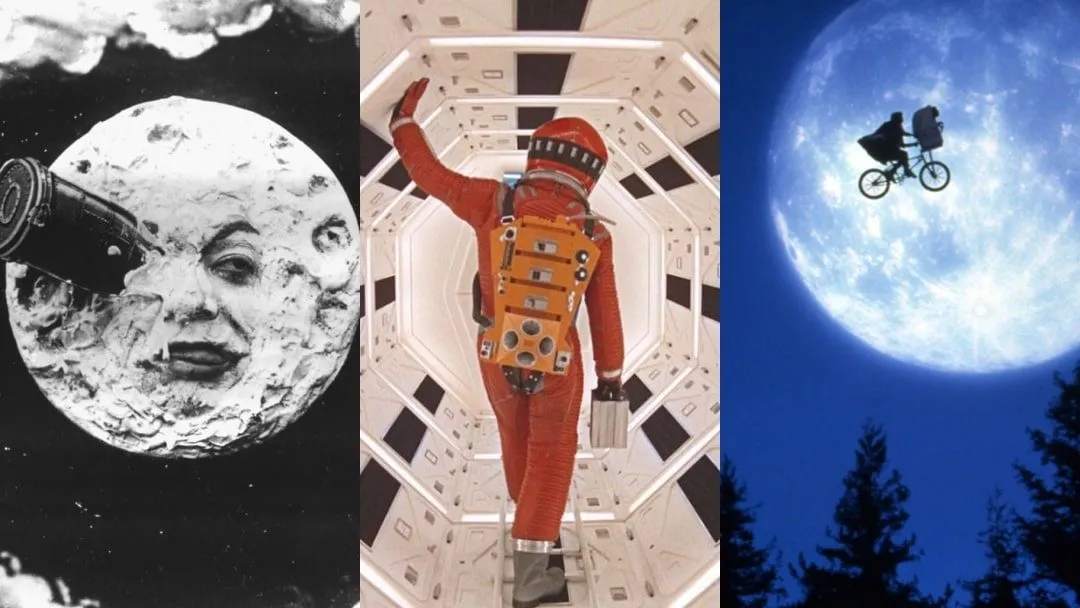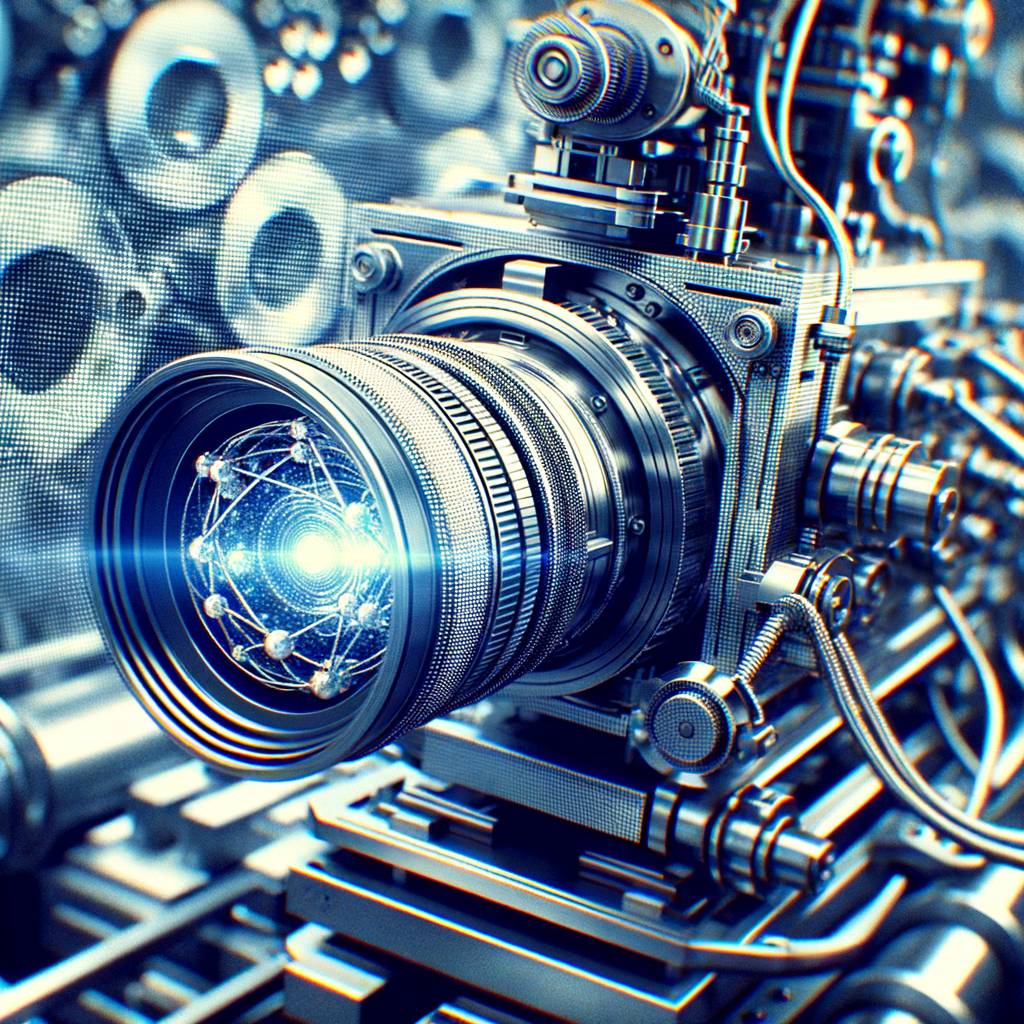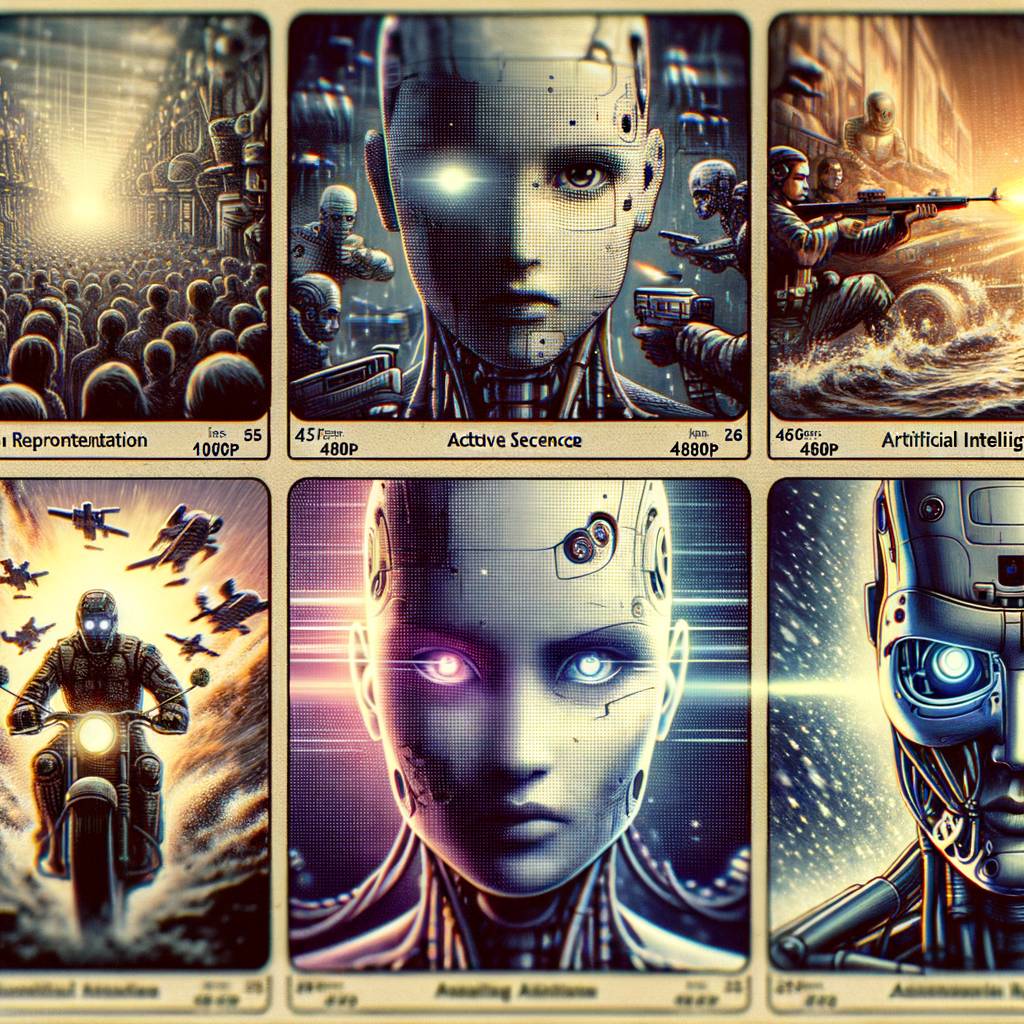The Evolution of Special Effects in Sci-Fi Cinema: Examining the Technological Advancements from Early Sci-Fi to Modern Blockbusters

From the early days of cinema, science fiction has been a genre that has pushed the boundaries of what is possible on screen. The evolution of special effects in sci-fi cinema is a testament to the creativity and innovation of filmmakers, who have used technology to bring their wildest visions to life. This article will explore the journey of special effects in sci-fi, from the pioneering days of Georges Méliès to the CGI-dominated blockbusters of today.
The Dawn of Sci-Fi Cinema: Georges Méliès and the Birth of Special Effects
The history of special effects in sci-fi cinema can be traced back to the early 20th century, with the work of French filmmaker Georges Méliès. Known for his innovative use of theatrical illusion and photographic tricks, Méliès’ 1902 film “A Trip to the Moon” is often considered the first sci-fi film. The film’s iconic scene of a spaceship landing in the eye of the moon was achieved through a combination of miniature models and stop-motion photography, setting the stage for the use of practical effects in sci-fi cinema.
The Golden Age of Sci-Fi: The Rise of Model and Miniature Effects
Throughout the 1950s and 60s, known as the Golden Age of Sci-Fi, filmmakers continued to experiment with practical effects. The use of models and miniatures became a staple of the genre, with films like “Forbidden Planet” (1956) and “2001: A Space Odyssey” (1968) showcasing the potential of these techniques. As director Stanley Kubrick said of his work on “2001: A Space Odyssey”, “The most important thing about a technology is its contribution to the story”.1
The Digital Revolution: The Advent of Computer-Generated Imagery (CGI)
The 1970s and 80s marked a turning point in the history of special effects, with the advent of computer-generated imagery (CGI). Films like “Tron” (1982) and “The Last Starfighter” (1984) were among the first to use CGI, paving the way for the digital revolution in sci-fi cinema. However, it was the release of “Jurassic Park” in 1993 that truly demonstrated the potential of CGI, with its groundbreaking depiction of lifelike dinosaurs.
Modern Blockbusters: The Dominance of CGI and the Return of Practical Effects
Today, CGI has become a staple of sci-fi cinema, with films like “Avatar” (2009) and “The Martian” (2015) pushing the boundaries of what is possible on screen. However, there has also been a resurgence of interest in practical effects, with films like “Interstellar” (2014) and “The Force Awakens” (2015) combining CGI with models and miniatures to create a more tangible sense of reality.
Conclusion
The evolution of special effects in sci-fi cinema is a testament to the creativity and innovation of filmmakers, who have used technology to bring their wildest visions to life. From the pioneering work of Georges Méliès to the CGI-dominated blockbusters of today, special effects have played a crucial role in shaping the genre. As we look to the future, it is clear that the possibilities for special effects in sci-fi cinema are as limitless as the universe itself.
1 Stanley Kubrick, interview with Playboy, 1968.



